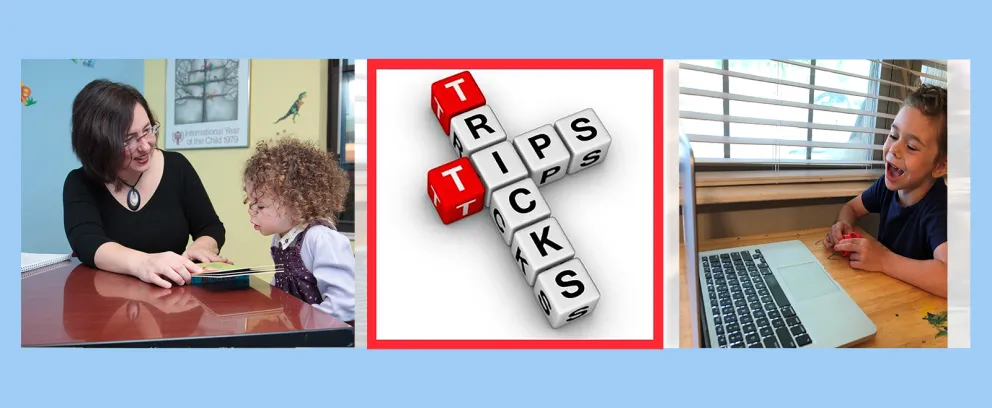Education guidelines for children and young people with Williams syndrome
By Admin, on 17 May 2021
Recently, researchers from the Child Development and Learning Difficulties lab at UCL Institute of Education and Mary Immaculate College (Ireland) conducted focus group discussions with parents and educators (e.g. teachers, LSAs, SENCOs) regarding the reality of how schools and staff support learners with WS.
One of the main challenges highlighted by educators was the lack of information available with regards to how individuals with WS can be supported on a day-to-day basis with regards to their learning. Educators noted that, whilst parents were a good source of initial information, there was still a need for concise and easily accessible educational guidelines.
The focus groups also engendered a lot of discussion on what works in the classroom, and specifically what strategies have been used that have been successful in promoting learning in children with Williams syndrome. It was generally agreed that educators and parents alike should:
- Build upon the strengths and interests of the WS profile and keep the individual child in mind. For example, many children with WS gave an affinity towards music and this music affinity can help them to learn. In addition, many children with WS are eager to please and respond well to praise during teaching.
- Make the learning physical and concrete rather than abstract, especially when teaching mathematical concepts. Both teachers and parents felt that children were well adept at learning a wide variety of mathematical concepts when incorporating physical objects in the teaching (e.g. teaching addition with toys rather than figures on a worksheet).
- Always take the child’s sensory needs into account when teaching (is the classroom maybe too loud/ the environment too distractive?)
- Give the child multiple breaks (whether longer sensory breaks or 1 minute movement breaks) and provide learning in very small bursts of 5-10 minutes.
- Keep a diary of what works with the individual child and what doesn’t, and that this could be shared with colleagues
- Include clear communication between school and home: Young people with WS are not always able to clearly communicate what happened at school or home. Yet, events at home or school may impact on their anxiety and ability to learn/ concentrate. Also, parents knowing about what academic topics school is focusing on and how they support their child allows parents to support their child’s learning at home as well.
Overall, it was made clear that according to both parents and educators, education should not only include academic skills but should also include life skills as well as social skills, so that young people with WS may reach their full potential, become as independent as possible and a good quality of life in their adult years.
We would like to thank all of the parent and educators who took part in our focus groups.
Please keep an eye out on the new educational guidelines that we will be publishing by the end of this term (July 2021).
This research is being funded by the Williams Syndrome Foundation with a grant to Jo Van Herwegen
 Close
Close





